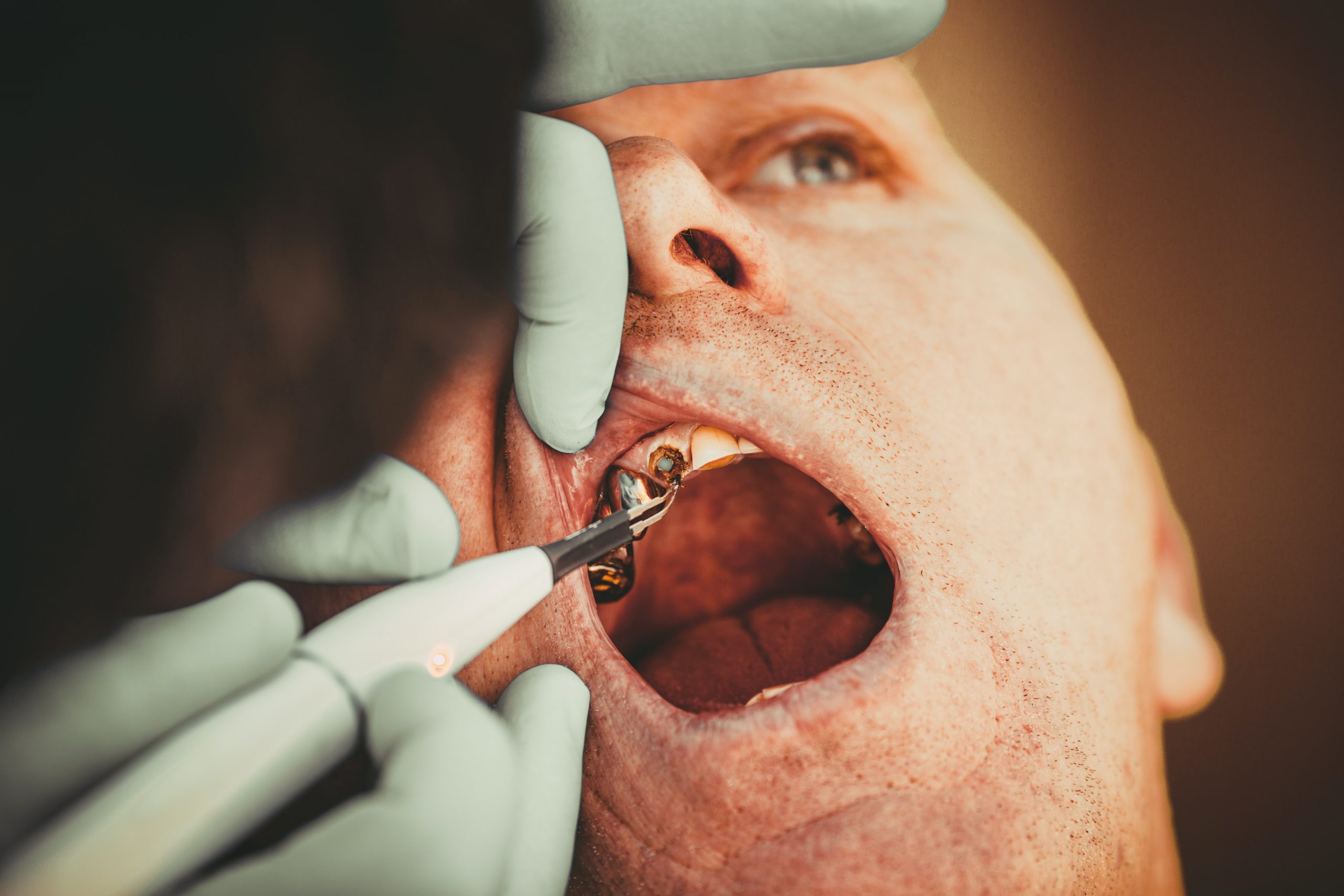
Water fluoridation: Effective prevention for tooth decay
Water fluoridation is the process of adding fluoride to public water supplies to help prevent tooth decay. This practice has been widely adopted around the world since the 1940s and has proven to be a safe and effective method for reducing dental caries, particularly in children. In this essay, we will discuss the benefits of water fluoridation and its impact on public health.
One of the primary benefits of water fluoridation is that it helps to strengthen tooth enamel. Fluoride is a naturally occurring mineral that can be found in many water sources. When fluoride is added to public water supplies, it can help to prevent tooth decay by strengthening the enamel on teeth. This makes teeth less susceptible to cavities and other forms of decay, which can ultimately lead to better oral health.
In addition to its benefits for oral health, water fluoridation is also an incredibly cost-effective way to prevent tooth decay. According to the Centers for Disease Control and Prevention (CDC), for every $1 invested in water fluoridation, there is an estimated $38 in savings in dental treatment costs. This means that water fluoridation not only improves public health but also saves money in the long run.
Despite its effectiveness, fluoridation has been met with some controversy over the years. Some individuals have raised concerns about the potential health risks associated with fluoride exposure, particularly in high doses. However, numerous studies have shown that water fluoridation is safe and does not pose a significant health risk. The CDC has also stated that the level of fluoride added to public water supplies is well below the maximum levels recommended by the Environmental Protection Agency (EPA).
In conclusion, fluoridation is an effective and safe method for preventing tooth decay. It provides a cost-effective solution for improving public health and reducing dental treatment costs. While there may be some controversy surrounding the practice, the overwhelming evidence supports its use as a public health intervention. As such, it should be considered an essential component of any comprehensive oral health program.
